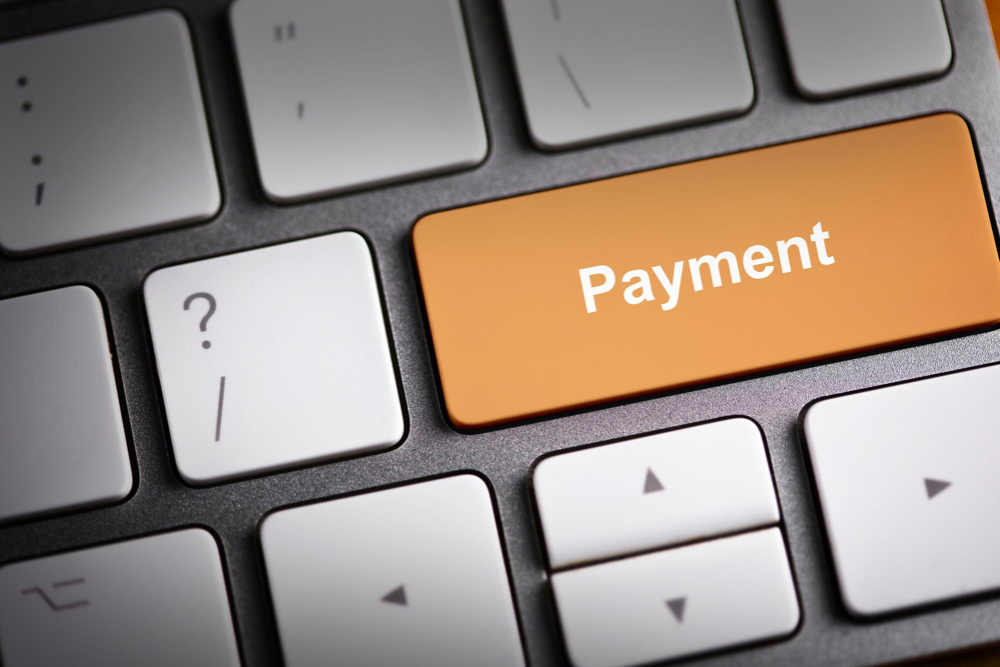QR Codes: The «Driving Force» Behind the Adoption of Faster Payments

QR codes have emerged as a pivotal element in accelerating the adoption of faster payments, as highlighted in a recent report. The report, titled How QR Codes Address ‘the Last Mile’ Adoption of Faster Payments at the Point-of-Sale, was authored by the FPC QR Code Interface Work Group, a part of the US Faster Payments Council (FPC), as stated in The Fintech Times.
The analysis conducted by the report delves into five critical factors: oversight, supported payment schemes, functionality, usability, and security. It emphasizes the importance of a unified standard for QR codes, coupled with robust oversight, to promote interoperability and consumer confidence. Such a standard would enable QR codes to function seamlessly across different payment networks and devices.
Furthermore, the report stresses the significance of QR codes supporting various payment schemes, including open-loop and closed-loop systems, to provide consumers with greater choice and flexibility. Additionally, it highlights the necessity for QR codes to cater to a range of use cases beyond retail purchases, such as bill payments and person-to-person transfers, to enhance their versatility and appeal.
Usability emerges as another critical factor, with QR codes needing to be user-friendly for both consumers and merchants, considering aspects like size, placement, and the scanning process. Finally, the report underscores the importance of stringent security measures to safeguard QR code payments from fraud and other risks, including robust encryption, authentication methods, and oversight.
Scott Green, manager of product innovation at SHAZAM and chair of the FPC QR Code Interface Work Group, commented on the report, stating, “What struck me about our work is that while we started with a relatively narrow question, we found that answering it meant we needed to explore several domains. During the process, we benefited from the diverse backgrounds of our work group team members, who came from many different perspectives, roles, and regions. While we identified challenges for the US to achieve widespread adoption of QR code for payments, we were able to frame questions around them that will influence our continued work.”
Reed Luhtanen, executive director of the FPC, emphasized the significance of QR codes in bridging the gap to faster payments adoption at the point-of-sale. He stated, “This new report underscores the importance of collaboration and standardization in advancing payment innovation, and provides essential guidance for all participants in the payments ecosystem.”
The FPC remains committed to advancing QR code adoption, aiming to address obstacles such as fragmented payment landscapes and the lack of a unified QR code standard. In the future, both the FPC and its members plan to engage industry stakeholders and formulate strategies aimed at expediting QR code-based payment solutions.